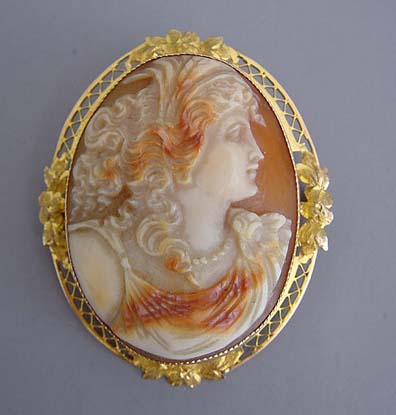Medical Identification Alert
A medical identification alert is a small emblem or tag worn on a bracelet, neck chain, or on the clothing bearing a message that the wearer has an important medical condition that might require immediate attention. The intention is to alert a paramedic, physician, emergency department personnel or other first responders of the condition even if the wearer is not conscious enough or old enough to explain. Some people prefer to carry a wallet card with the same information.
Some people also may have stylish, fashionable medical id bracelets that indicates they are a part of an emergency information organization. Emergency professionals may want to find out more about a person who has this type of tag. They can use the member identification number on the tag, as well as a phone number to call and find out about that person’s medical condition or conditions, history, and treatments.
When emergency responders come to the side of someone who is having trouble, they will look for medical alert bracelets on this person. Many people will have their name, medical condition, and phone number engraved on the front side of the alert medical bracelets, and may include other personal information on the back. This is a way for the responders to know about a condition so they will be able to assess why someone is having trouble. If someone has to go to the hospital, the physician will be able to find out about their condition.
One thing people need to know about medical bracelets, and other medical identification jewelry like necklaces and identification tags is that these are not meant to look like medical devices. When alert jewelry is made, it is made to look just like any other jewelry a person may wear. Some people like to wear gold medical ID bracelets, like these 14k Gold Allergy Bracelets as they are very stylish and can have valuable medical information engraved on them.
There are types of identify jewelry These conditions include the following: Autism, Epilepsy, Diabetes ( see Diabetic Bracelets) , Asthma ( see Asthma Bracelet), Seizure Disorders, Drug Allergies, Multiple Sclerosis, Parkinson’s Disease, Bariatric Surgery Patients, Cerebral Palsy, Food Allergies, Insect Allergies and several other conditions, including identification bracelets for elderly
.jpg)







